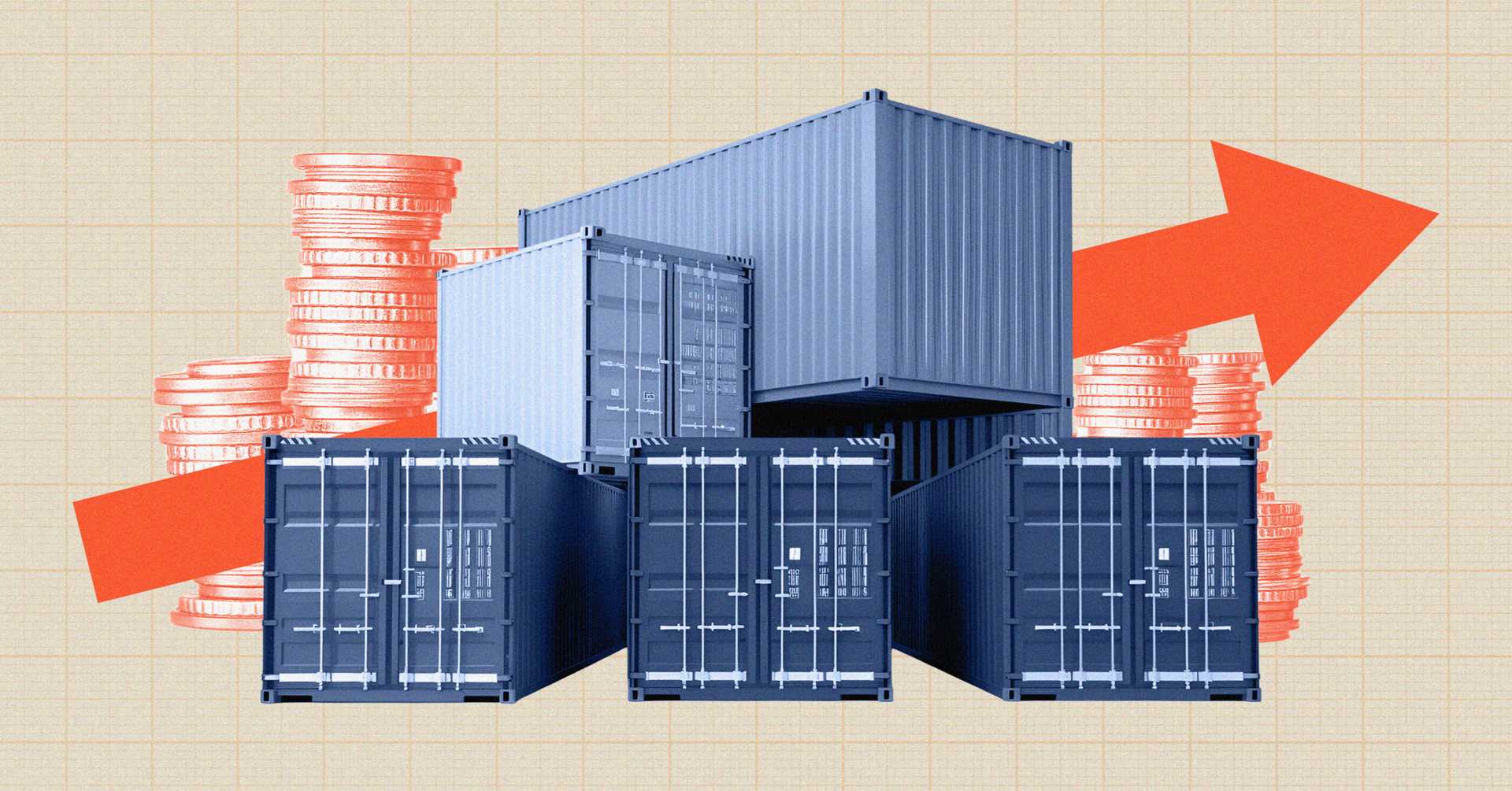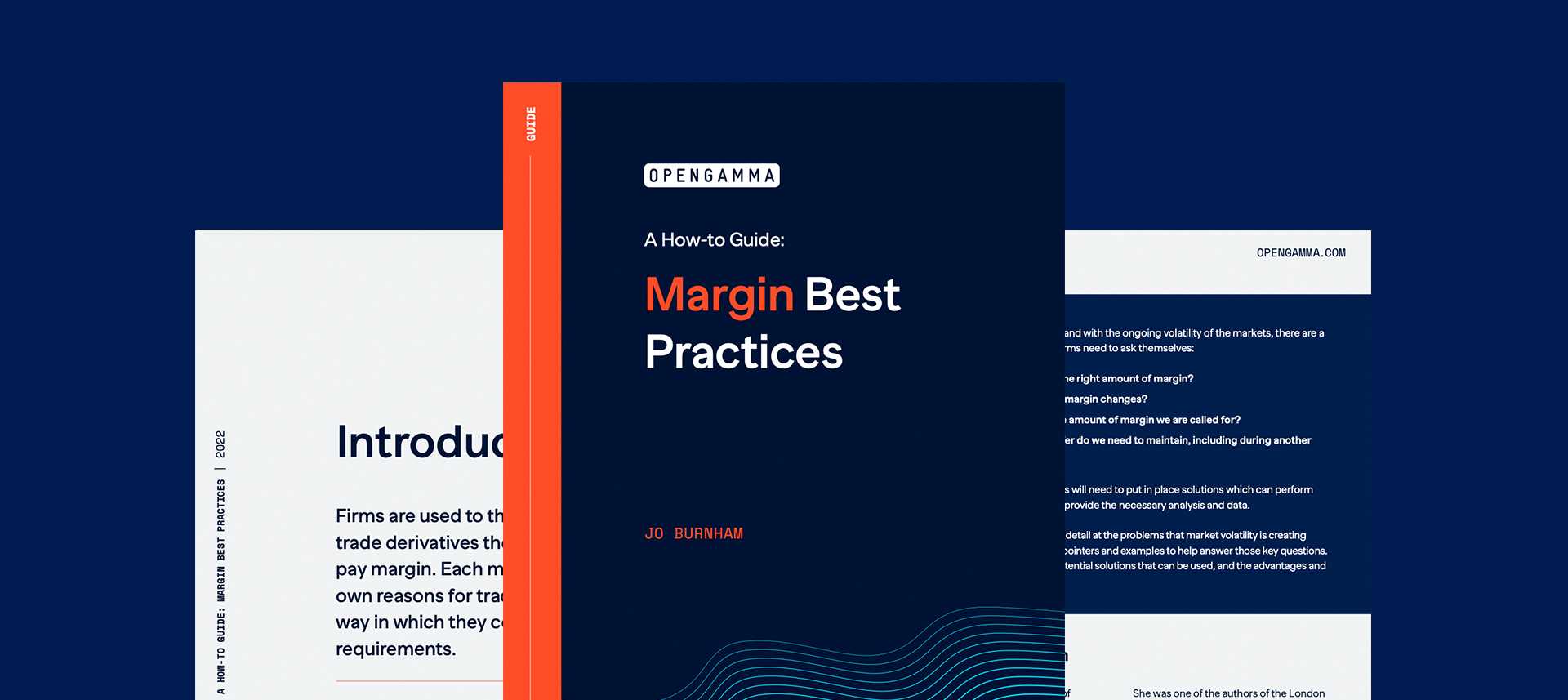The media recently has had wall to wall coverage of the Trump tariffs and their impact on markets. All major equity indices are trading considerably lower than they were at the start of the month. Although most of the moves have been down, the constant stream of news and rumours have meant that it has been a bumpy ride and volatility is high.
At the same time, Hedge Funds and other market participants are reporting the largest margin calls they have seen since the start of the Covid pandemic. There has been a “firesale” of US Treasuries, with traders exiting what, in times of turmoil, would usually be considered the safe haven of government bonds, including hedge funds unwinding their heavily leveraged basis trades.
However, if you look at the Initial Margin parameters published by the major CCPs nothing seems to have changed. So what is happening and why are the margin calls so large?
Variation Margin
The main answer for the source of the large margin calls is Variation Margin. Anybody who was long equity products would have suffered losses, which for derivatives is called as Variation Margin. This would also be the case for many options, in particular for VIX contracts given the large rises seen in the VIX index.
And the same is true in reverse following the pausing of the tariffs and the large rises in index levels. Those who were short the equity market will now have been hit by similarly high margin calls.
SPAN-Style Initial Margin
The main parameter for SPAN is the scanning range. This is expected to cover likely moves in the underlying price. But although the markets have been volatile, the daily moves of around 3 or 4 percent, although large, haven’t been excessive. This means that to date the level of this parameter hasn’t been adjusted.
However, this doesn’t mean that the margin calculated by SPAN won’t have been impacted. Initial Margin for futures will have stayed the same, but if there are options in a portfolio then there could have been a significant change. SPAN calculates potential losses on options based on implied moves in the underlying and volatility. If the starting point for each of these changes, then so too will the potential losses.
VaR-Based Initial Margin
Many markets have now made the move away from SPAN-based algorithms to VaR-based methodologies. For example, this is the case for S&P derivatives cleared by CME and Nikkei at JSCC.
The style of VaR used in these methodologies is Filtered Historical VaR. This means that the level of the historical scenarios used is scaled to take into account current volatility. So if the volatility increases so too does the margin requirement. At the same time, any new large price moves will impact the VaR calculated as they potentially become significant, creating losses above the confidence level being used.
The impact of this can be seen when looking at the margin for S&P E-mini futures on CME. The requirement rose from $17,234 at the start of the month to $19,954 by the time of the implementation of the tariffs on 9th April. That is an increase of 15% in just over a week. Then, with the postponement of the tariffs and the resultant bounce in index levels, there was a one day rise of over 10%, leaving margin at $21,973 on 10th April.
Conclusion
It is obvious that the Trump tariffs and the resultant volatile markets have had an impact on margin. What is less obvious is the source of the large margin calls that market participants have been subject to.
The usual suspect of “margin rates’ isn’t the culprit. It has been a combination of large price moves causing Variation Margin losses and increased volatility impacting Initial Margin calculations, principally for VaR-based algorithms and option positions.
What this shows is how difficult it can be to predict future liquidity requirements. Predicting future market scenarios is one thing, but being able to extrapolate these into potential future margin requires a detailed understanding of the various algorithms involved as well as how market volatility and price moves impact the parameterisation of these methodologies.




